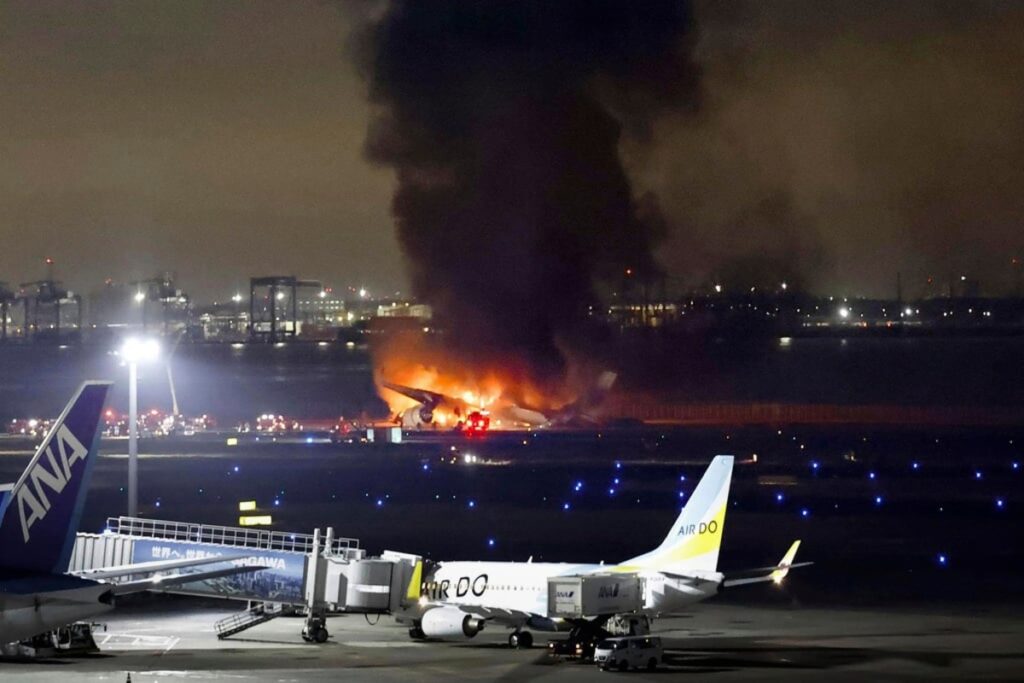Passenger Plane Collision Near Washington, DC: Key Facts and Updates You Need to Know
In a shocking turn of events, a passenger plane collision near Washington, DC has left the aviation world and the public on edge. As authorities scramble to gather crucial details, new information continues to emerge, keeping everyone on high alert. This incident is both alarming and captivating, raising questions about safety, technology, and the future of air travel.
The Collision: What Happened?
On the morning of [insert date], a devastating collision occurred between two passenger planes in the skies just outside Washington, DC. Eyewitnesses reported hearing a loud, unsettling noise before seeing the planes in distress. Emergency response teams rushed to the scene as authorities began piecing together what led to this catastrophic event.
According to initial reports, one of the planes experienced a significant loss of control after impact, while the other made an emergency landing in a nearby field. Miraculously, despite the severity of the collision, survivors were found, though many are still being treated for injuries. What caused this to happen? The investigation is ongoing, but early indicators suggest a series of failures in communication between air traffic control and the pilots, as well as possible equipment malfunction.
Why This Matters: The Bigger Picture
This collision is not just another isolated incident—it’s a wake-up call for the aviation industry. It forces us to rethink air safety protocols, the technology we rely on for navigation, and the systems in place to prevent such disasters. How did this happen with all the advanced technology available? And what can be done to prevent similar events from occurring in the future?
As we await answers, experts are already debating whether more stringent regulations are needed to improve communication between ground control and aircraft in high-traffic areas like Washington, DC. The implications for the industry could be far-reaching, from increased safety measures to the development of new technology that could help avoid future collisions.

The Human Element: Lives Changed Forever
Behind the headlines, there are real people—passengers, crew members, and families—whose lives have been changed forever. The survivors, some of whom were miraculously rescued from the wreckage, will forever carry the emotional and physical scars of this traumatic event. Their stories are heartbreaking and inspiring, and many are calling for greater focus on the human side of aviation safety, not just the technicalities.
Family members are anxiously awaiting word on their loved ones, while investigators are working tirelessly to uncover the truth. As we follow the updates, we can only hope for answers and healing for all involved.
What’s Next? Ongoing Investigation and Recovery Efforts
As of now, authorities are continuing their investigation into what exactly caused the crash. Key pieces of evidence are being analyzed, from the flight data recorders to the communication logs between the aircraft and air traffic controllers. In the coming days, we expect more detailed reports to shed light on the events leading up to the collision and provide clarity on the cause.
Meanwhile, recovery efforts continue as teams work to remove wreckage and ensure the safety of the surrounding areas. The FAA and NTSB have launched full-scale investigations, promising to leave no stone unturned in their quest for answers.
Conclusion: A Call for Change and Vigilance
The passenger plane collision near Washington, DC has sent shockwaves through the aviation community and beyond. As the investigation unfolds, it serves as a reminder of how fragile air travel can be and how important it is to continuously improve safety measures. With new technology on the horizon and a growing awareness of potential vulnerabilities, we can only hope that incidents like this will serve as catalysts for change.
In the meantime, the world waits for answers—and hopes for a safer future in the skies.